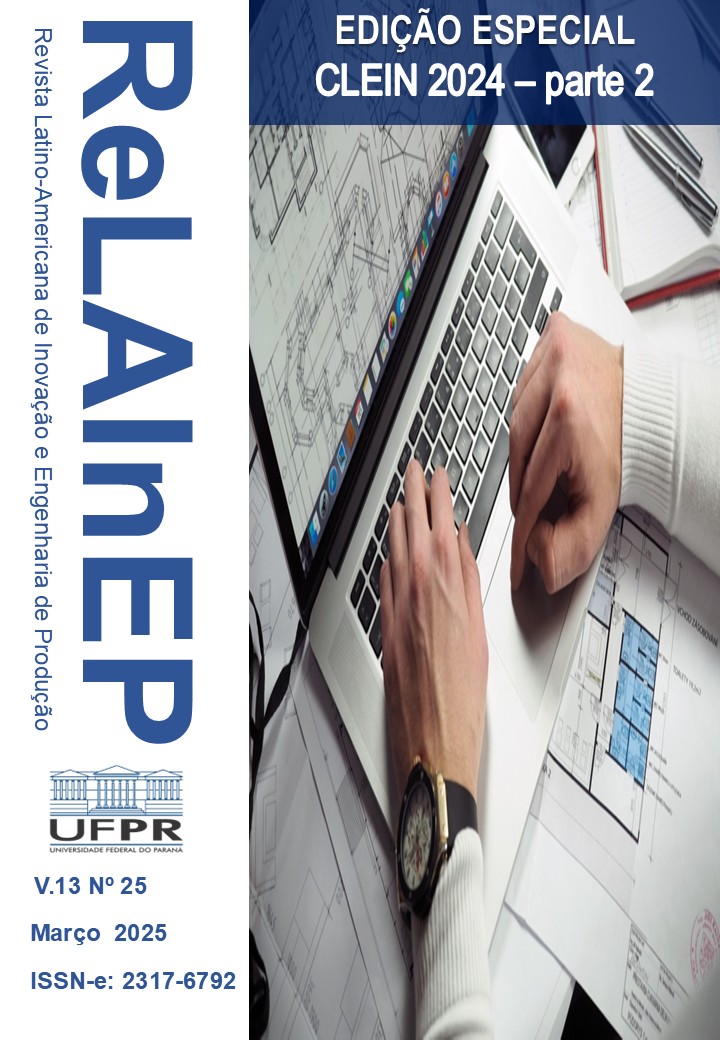OPTIMIZACIÓN DE LA PRODUCCIÓN MEDIANTE ANÁLISIS AUTOMATIZADO DE DATOS
DOI:
https://doi.org/10.5380/relainep.v13i24.98490Abstract
This research is born to obtain a better analysis of the different options that a company must modify the production plan based on the parts it will have available for the data being analyzed. Production optimization is essential in a highly competitive business environment, as making precise decisions quickly is crucial to impacting the company's production. In this case, an experimental research methodology was used because we had to modify the system's independent variables (parts, stock, production plan) to test our data flow and observe what happened with the dependent variables (actual production). To achieve this optimization, the development of an automated data flow is proposed, which requires three fundamental inputs: the list of parts by catalogue or the Bill of Materials (BoM), the parts that we know will not be in stock, and finally, the monthly production plan. In the end, the flow will return to us which catalogues/products we can produce. The results obtained indicate that the use of an automated data analysis system allows the company to make more agile decisions while optimizing production.
Downloads
Published
How to Cite
Issue
Section
License
Authors who publish in this journal agree to the following terms:
1. Authors retain the copyright and grant the journal the right of first publication, with work simultaneously licensed under the Creative Commons - Attribution-NonCommercial 4.0 International that allows the sharing of work with acknowledgment of authorship and initial publication in this journal.
2. Authors are authorised to take additional contracts separately, for non-exclusive distribution of the version of the work published in this journal (e.g. publish in institutional repository or as a book chapter), with acknowledgment of authorship and initial publication in this journal.
3. Authors are allowed and encouraged to publish and distribute their work online (e.g. in institutional repositories or on their personal page), as this can generate productive changes, as well as increase the impact and citation of published work (See The Free Access Effect).
To do so, the form must be DOWNLOADED, signed and uploaded as Supplementary Documents with the title "Author statement", along with the article submission.


